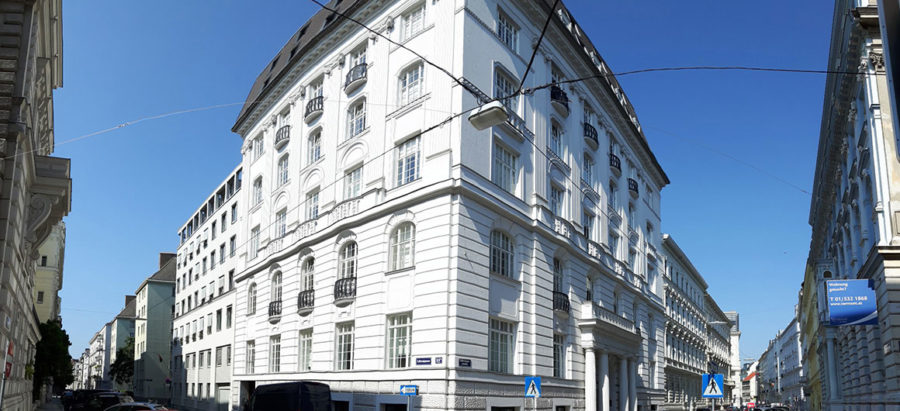What is a Third Room?
I occasionally consider on this blog objects I acquired during my first diplomatic posting in Vienna in 1984-87. One such is the “Third Room” sign below. I had it made in Vienna in 1985 when working as Second Secretary in the old British embassy in the Reisnerstrasse.
According to the Palgrave-Macmillan Dictionary of Diplomacy, a “Third Room” was the traditional description in the Foreign and Commonwealth Office for the junior members in FCO departments. Thus, the ambassador might have said, “Let’s see if the Third Room can work up a statement on this.” It originated from the fact that such staff usually worked in one large office while the head of department and his or her deputy each had rooms of their own.
The “Third Room” has also be used traditionally to describe the engine room of embassies overseas. Thus, in the 1984 Vienna Embassy, the Ambassador and the Deputy Head of Mission (then known as the Head of Chancery) each had their own rooms. More junior staff were in a single, larger office – the Third Room – where they could all talk to each other.
In our current Vienna Embassy, opened in 1989, much of the working space is divided up into small offices. I continue, however, to like the idea of the “Third Room” as a space where expertise, knowledge and folk memory is concentrated and where staff can exchange ideas and to come up with great new ones – as they constantly do here in Vienna.
PS The ability of small shops in Vienna to survive making rubber stamps and signs is one of many admirable features of this city. I hope Vienna will continue to resist the tide of chain stores for as long as possible.
PPS Talking of The Third Room reminds me of my favourite film, The Third Man. If you have not read my recent blog on re-naming the residence bedrooms, do take a look.

